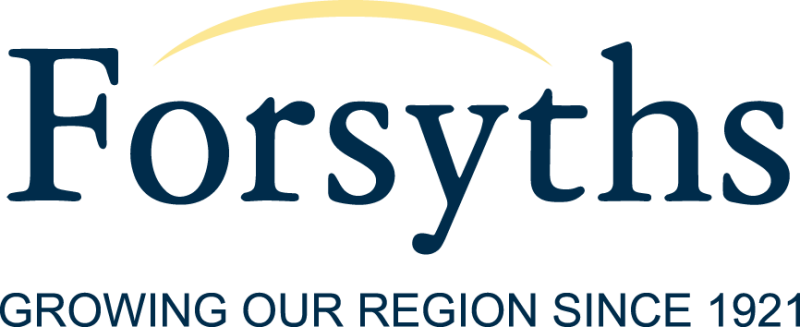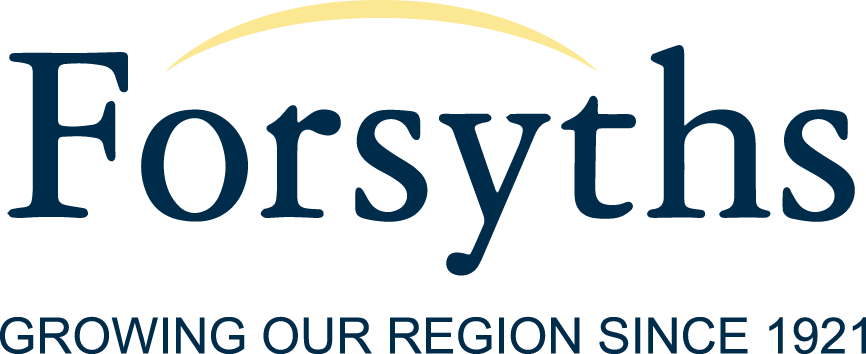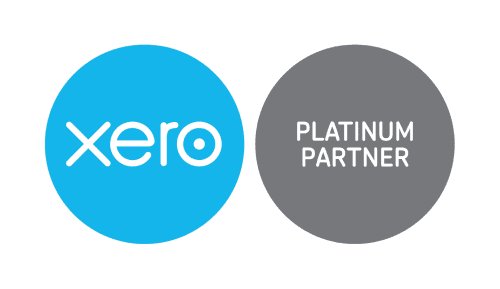
New guidance on “personal services income” rules
The ATO has recently updated its guidance material on the operation of the personal services income (PSI) and personal service business
(PSB) rules.
These highly prescriptive rules took effect from the 2000-01 income year, after the government became concerned that the income tax base
was being eroded through what it saw as an excessive incidence of individuals posing as contractors, splitting their income with
associates, using another entity (usually a trust or a company) and claiming a greater range of deductions than those available to
ordinary employees generally.
WHY THE PSI LURE?
You can claim deductions against PSI if an expense occurred earning this income. For example, you could claim:
- the cost of gaining work, such as advertising, tenders and quotes
- registration and licencing fees
- account-keeping fees, including bank fees
- some insurance costs, including public liability and professional indemnity insurance fees
- salary or wages and super contributions for an employee engaged at arm’s length (not an associate)
- reasonable amounts paid to an associate for principal work
- a portion of home office expenses, such as heating, lighting, phone and internet. Do not claim rent, mortgage interest, rates or land taxes.
You may be eligible for other deductions depending on what your business is and your contracts.
THE UPDATES
The ATO has updated its previous rulings to reflect various court and tribunal decisions that have shed light on the PSI and PSB provisions
over the last 20 years. It has also freshened up the examples used to explain the rules (there are 40 of them).
The PSI and PSB rules can apply in virtually any business sphere, but the more common examples would be lawyers and accountants, medical
practitioners, architects and engineers, business consultants and IT professionals. With the gig economy on the rise, the numbers
potentially affected can only increase.
THE 50% TEST
The PSI rules involve a series of tests to work out first, whether the arrangement is in substance an employment-like arrangement. The
initial test is simply whether more than 50% of the consideration received in respect of a particular contract represents a reward for an
individual’s efforts and skills. That is a “fact and circumstances” question to be determined on a caseby- case basis.
The new guidance includes a number of examples of how to determine whether the 50% threshold is met. If it is, the income will be on the
face of it PSI, unless the person being tested passes the results test (more below) or, failing that, the application of a further series
of tests determines that an interposed entity (a PSE) is carrying on a personal services business (PSB).
Personal services income is not:
Income from the supply or sale of goods.
While some personal effort is associated with the sale of goods, sales income is derived mainly from the transfer of title in goods and is
not regarded as PSI. The guidance includes a fairly straightforward example of a partnership that designs and manufactures bespoke
furniture and sells those items online and at trade fairs. The sales proceeds are from the sale of the furniture and not mainly from
anyone’s personal efforts and skills.
Income from the supply and use of incomeproducing assets.
Here the question is whether the income mainly represents a reward for the operator, or is for the use of equipment required to carry out
the work. Relevant factors include:
- the relative market value of the supply of the equipment as compared to the value of the operator
- the basis for calculating the contract price
- the significance or uniqueness of the equipment
- the value of the asset, and
- the role the equipment plays in generating the income.
An example used involves the supply of trench digging services using a backhoe with special attachments controlled by a licensed operator.
The backhoe is transported on a truck, which is also owned by the business. In these circumstances, the income from the contract is
regarded as being mainly for the supply of the truck and the backhoe rather than for the efforts and skills of the operator.
Income generated by the business structure.
The new guidance provides that where income is derived by a firm or practice that has substantial income-producing assets, or a number of
employees, or both, the income is more likely to be generated by the profit-yielding structure of the business rather than from the
rendering of personal services by one or more of the principals. As a rule of thumb, the threshold is where the entity has at least as many
non-principal practitioners (excluding support staff) as principal practitioners.
THE RESULTS TEST
An individual with what on the face of circumstances would seem to be PSI is excluded from the regime if they can satisfy the results test.
The results test requires that, for at least 75% of the total PSI, the individual satisfies each of the following three conditions:
- is paid to produce a specific result
- is required to provide whatever tools and equipment are required to carry out the work, and
- is required to rectify any defects in the work at their own expense.
An example used involves an IT consultant who is paid on an hourly basis, mainly uses the client’s equipment and other resources (apart
from their own laptop), works under the direction of the client and is not liable to rectify any faulty work - the results test is not met
in these circumstances.
However, another example used by the ATO provides details about a different IT consultant. They are paid by results when the work is
completed to specifications, use primarily their own tools and equipment, and are also responsible for rectifying any defects without being
able to charge any additional amounts under the contract. The conditions of the results test are met in that case, and the PSI rules do not
apply.
THE PSB RULES
Where the individual has PSI and does not pass the results test, there is still scope for escaping the application of the PSI rules. This
involves the PSB rules, which amount to a rough and ready test of whether the interposed entity (usually a trust or a company) is carrying
on a business.
The first leg of the PSB regime is the 80% rule - no single client can represent more than 80% of the individual’s total PSI. Where that is
the case, the individual or entity must also satisfy at least one of three further
- The unrelated clients test. The PSI is sourced from two or more non-associated clients and must be a direct result of the entity making offers to the public (or sections of the public). The unrelated clients test will not be met if the entity registers with a labour hire firm or similar arrangement, because the invitation has not been made by the entity to the public.
-
The employment test. At least 20% of the principal work by market value (not incidental administrative work) must be
performed by others and/or they have at least one apprentice for at least half the year of income. Test individuals, including other
partners who carry out principal work, are not counted towards the 20% employment test.
- The business premises test. The individual owns or leases separate business premises and uses it for the work more than 50% of the time.
The tests have to be carried out every year there is evidence of PSI, and where the interposed entity has several persons with PSI, the
tests need to be applied separately for each individual.
IMPACT OF THE PSI RULES
Where the PSI rules apply (and the PSB rules do not) the PSI and related deductions are attributed to the individual whose personal efforts
gave rise to the income (and those amounts are excluded from an interposed entity).
There are also limitations on the types of deductions that can be claimed by the individual in respect of the attributed PSI.
Non-deductible expenses include:
- deductions that could not be claimed if they were incurred as an employee (such as the cost of travel between home and a place of business)
- mortgage interest, rent, rates and land tax on the individual’s residence (or associate’s residence), and
- payments, including super contributions, made to associates for non-principal work performed.
CAN ANTI-AVOIDANCE RULES APPLY?
The general anti-avoidance provisions in the ATO’s arsenal can theoretically apply to an arrangement to negate any tax benefit that arises
from splitting income among associates with a lower tax rate. However there is more usually an issue regarding asset protection in most
instances rather than obtaining a tax benefit, which could be recorded from the outset, as well as the fact that in many cases having an
incorporated entity fronting the business presents more professionally to prospective clients.



